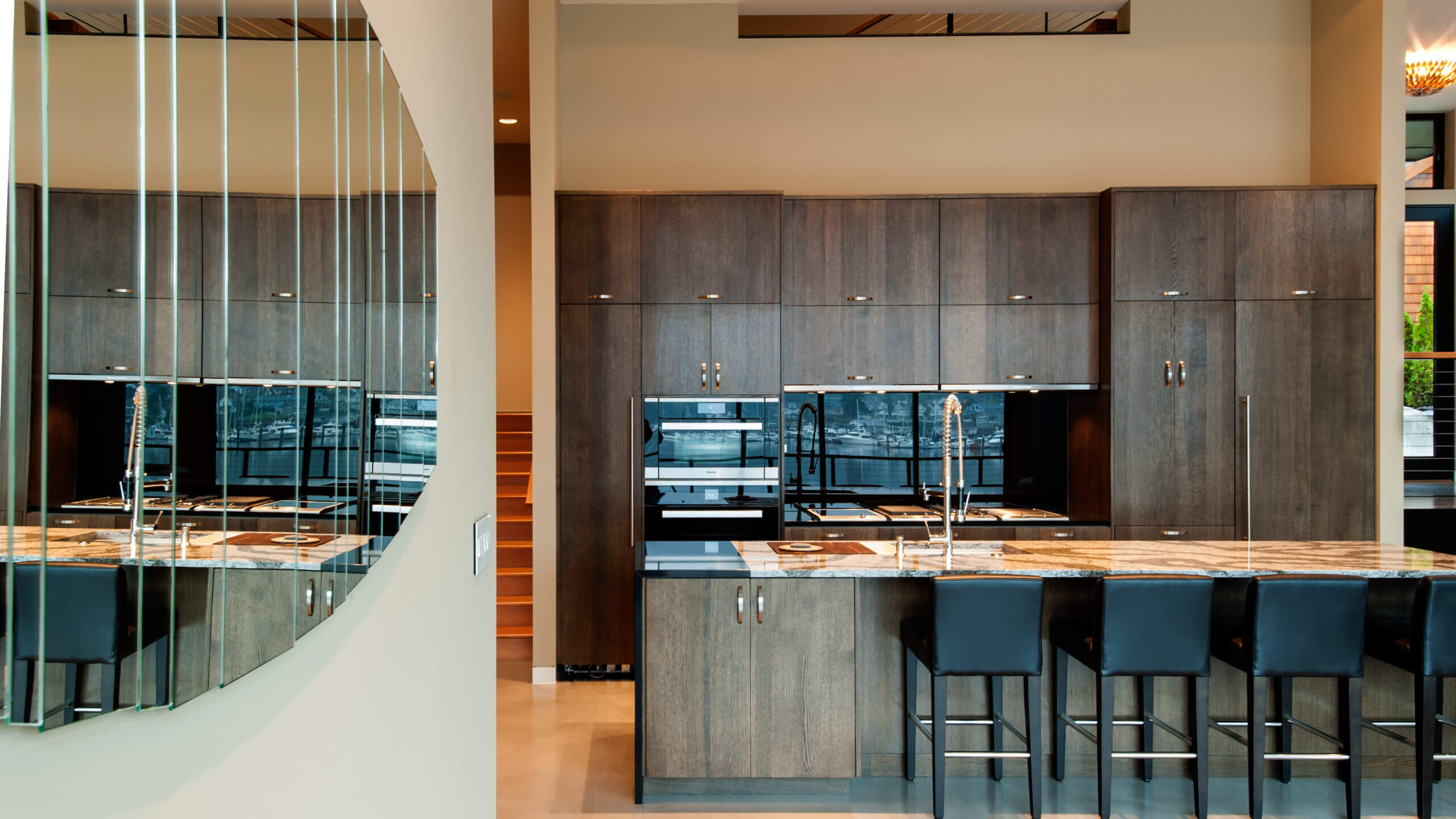How Architects in Seattle Are Designing for Sustainability and the Future
Introduction: Seattle’s Green Architecture Movement
Seattle has long been recognized as a pioneer in environmental consciousness. With its commitment to climate action and community well-being, it’s no surprise that architects in Seattle are pushing the boundaries of sustainable design. From reducing carbon footprints to enhancing livability, these professionals are transforming the urban landscape with innovative strategies that promise a greener future.
Why Sustainability Matters in Seattle Architecture
As climate change continues to pose global challenges, sustainable architecture isn’t just a trend—it’s a necessity. Seattle’s unique topography, weather patterns, and eco-conscious population make it a prime hub for environmentally responsible building. Local architects are focusing on minimizing energy consumption, utilizing renewable resources, and designing with nature, not against it.
Key Sustainable Design Principles Used by Seattle Architects
Energy Efficiency
Energy efficiency lies at the heart of sustainable architecture. Architects in Seattle employ passive solar design, natural ventilation, and high-efficiency HVAC systems to minimize energy use. LEED-certified buildings are increasingly common, showcasing the city’s commitment to high-performance design.
Eco-Friendly Materials
Choosing the right materials is crucial for long-term sustainability. Seattle-based firms prioritize non-toxic, recycled, and locally sourced materials. Innovations like cross-laminated timber (CLT) and recycled steel are becoming popular for their durability and lower environmental impact.
Water Conservation
With rainfall being a staple of Seattle’s climate, architects are finding smart ways to manage and conserve water. Green roofs, permeable paving, and greywater recycling systems are some of the techniques gaining traction in both residential and commercial architecture.
Leading Sustainable Architecture Firms in Seattle
Coates Design Architects stands out for its dedication to sustainable practices, designing buildings that balance aesthetics, performance, and environmental responsibility. Other notable firms include Miller Hull Partnership, Olson Kundig, and Weber Thompson—all pioneers in creating sustainable solutions tailored to Seattle’s ecosystem.
Technological Innovations Driving Sustainable Design
Seattle architects are leveraging cutting-edge technology to enhance sustainability. Building Information Modeling (BIM), smart home integrations, and AI-driven energy analysis are empowering firms to create more efficient and adaptable structures.
Biophilic Design: Connecting Nature with Urban Spaces
Biophilic design—incorporating natural elements into built environments—is gaining momentum in Seattle. Architects are embedding features like living walls, daylight-maximizing layouts, and nature-inspired interiors to promote well-being and reduce stress.
Net-Zero and Carbon-Neutral Architecture
Net-zero energy buildings generate as much energy as they consume annually, and carbon-neutral structures go a step further by offsetting total carbon emissions. Seattle has seen a surge in such projects, with architects utilizing solar panels, geothermal systems, and energy storage to meet these ambitious goals.
Retrofitting Older Buildings for Sustainability
Adaptive reuse and retrofitting are key strategies for making existing buildings more sustainable. Architects in Seattle are transforming aging infrastructure with energy-efficient upgrades, insulation improvements, and smart control systems—all while preserving historical character.
Community-Driven Sustainable Projects
Many Seattle architecture firms are involved in community-led green projects. From eco-villages to sustainable public parks, these designs prioritize inclusivity, resilience, and long-term sustainability, showcasing how local architecture supports social and environmental goals.
Seattle’s Green Building Policies and Incentives
The City of Seattle actively encourages sustainable design through policies like the Seattle Green Building Standard and incentives for LEED certification and energy-efficient upgrades. Architects must stay informed and compliant to maximize project benefits and impact.
Challenges Facing Sustainable Architecture in Seattle
Despite progress, architects face challenges like high construction costs, zoning limitations, and client education. Overcoming these barriers requires innovation, advocacy, and collaboration with stakeholders to ensure sustainability remains at the forefront.
Case Study: Coates Design’s Islandwood Project
One standout example is Coates Design’s Islandwood project—an environmental education center that exemplifies green design. Built using reclaimed wood, with solar panels and composting toilets, it’s a benchmark in sustainable architecture and a model for future projects.
The Future of Sustainable Architecture in Seattle
Looking ahead, architects in Seattle will continue exploring climate-resilient design, carbon capture technologies, and regenerative architecture. As the demand for sustainable solutions grows, innovation and cross-disciplinary collaboration will be essential in shaping a healthier, more resilient city.
Conclusion: Seattle as a Beacon for Green Architecture
Architects in Seattle are proving that sustainability and style can go hand in hand. Through responsible design, forward-thinking practices, and a commitment to the environment, they’re not just building structures—they’re building a legacy. As more cities look to Seattle as a model, the future of architecture looks greener than ever.

